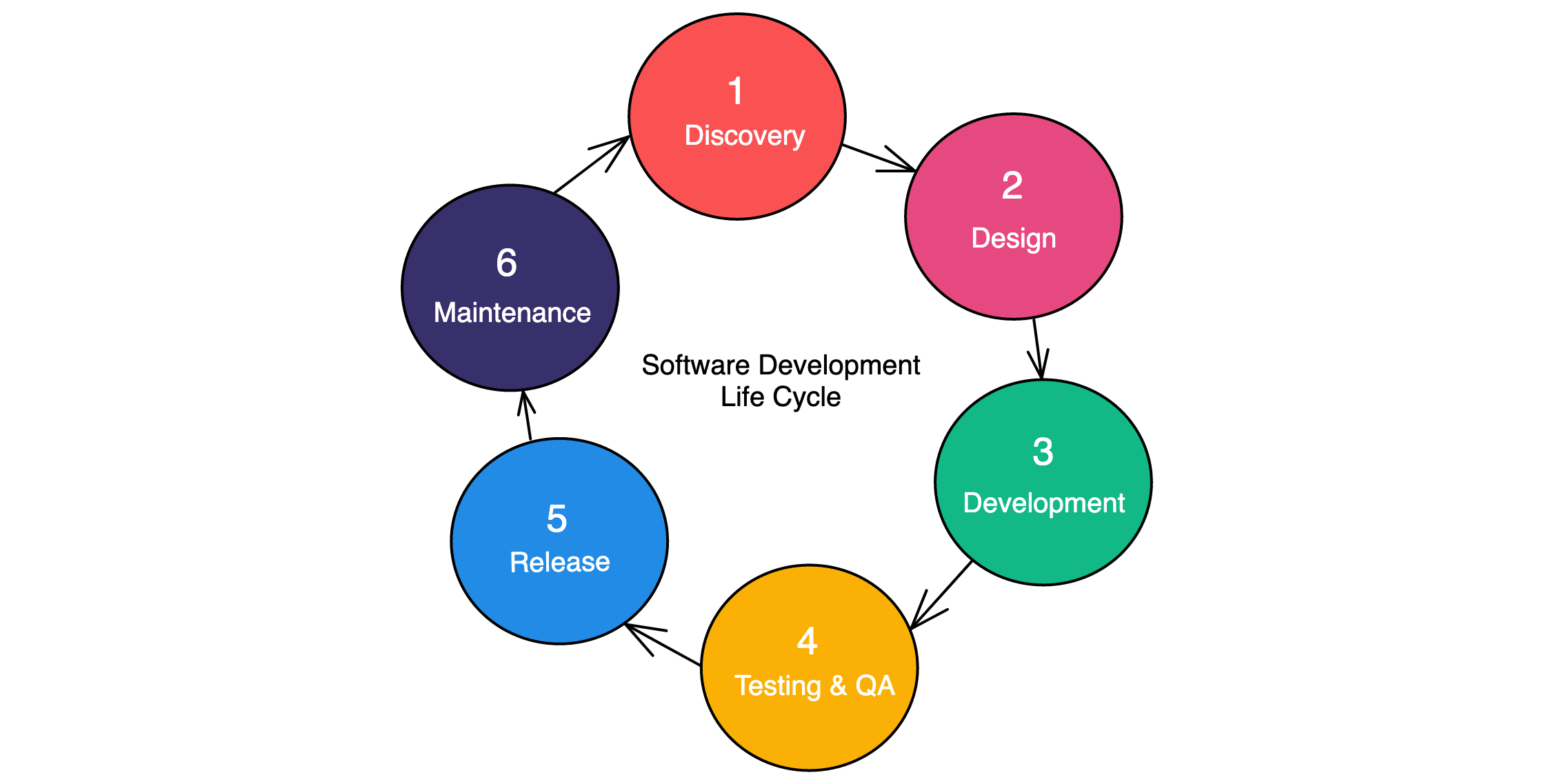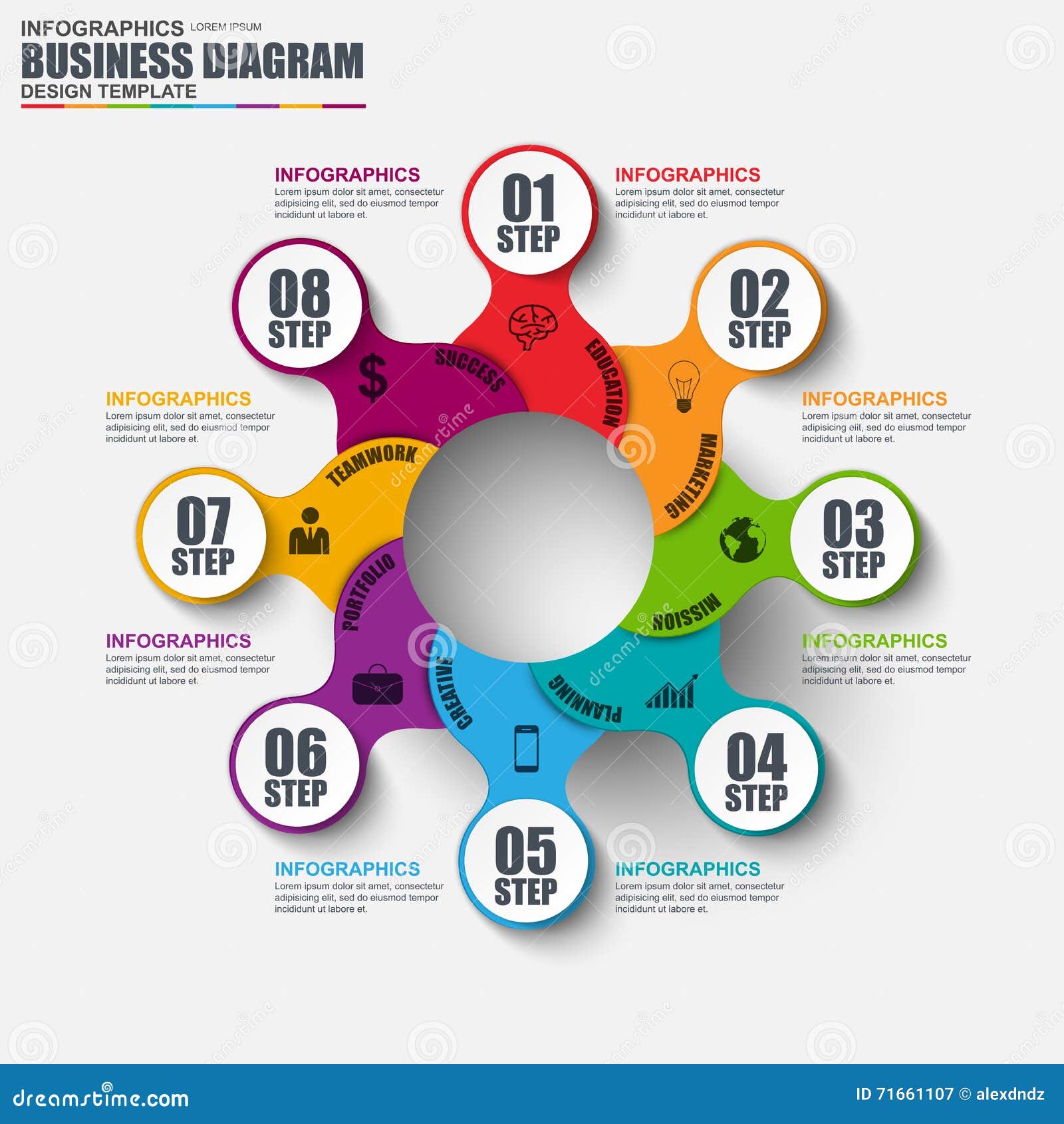Table Of Content

They use plastic tubing and assorted materials such as activated carbon, cotton balls, felt and cloth to create filters with the capability to re... Using ordinary classroom materials, students act as biomedical engineering teams challenged to design prototype models that demonstrate semipermeability to help medical students learn about kidney dialysis. A model consists of two layers of a medium separated by material acting as the membrane. Students learn more about assistive devices, specifically biomedical engineering applied to computer engineering concepts, with an engineering challenge to create an automatic floor cleaner computer program. Following the steps of the design process, they design computer programs and test them by pr... Students design and develop a useful assistive device for people challenged by fine motor skill development who cannot grasp and control objects.
The steps included in Web Design Cycle:
Then, have them share ideas with one another, mixing and remixing, building on others' ideas. In the define phase, use the data gathered in the empathize phase to glean insights. Organize all your observations and draw parallels across your users’ current experiences. Imagine your goal is to improve an onboarding experience for new users. Directly observe what they do, how they think, and what they want, asking yourself things like ‘what motivates or discourages users? ’ The goal is to gather enough observations that you can truly begin to empathize with your users and their perspectives.
History of Design Thinking
The research stage can also involve researching competitors to see what’s already on the market. Combine the UX Diploma with the UI Certificate to pursue a career as a product designer. At the last minute, one of your guests asks if they can bring three friends along; you now need enough potato soup for nine people! Fortunately, this problem is easily solved—you’ll simply multiply the quantities of each ingredient on the recipe in order to make more soup.
Create a plan and a prototype
Communication and collaboration are central to all parts of the science process. Effective communication and collaboration enhance the exchange and refinement of ideas, bring about new perspectives, and promote collective problem-solving in scientific research. As a child, you probably learned the scientific method in school, and it provided a step-by-step, fairly regimented way to conduct a scientific experiment. Back9 Design has worked with multiple local and worldwide PCB service bureaus to support printed circuit board definition, support and design.
#3 UX Design
EMA: Cadence Moves Simulation Further Up in the Design Cycle - I-Connect007
EMA: Cadence Moves Simulation Further Up in the Design Cycle.
Posted: Thu, 21 Sep 2023 01:24:42 GMT [source]
Students engage in the second design challenge of the unit, which is an extension of the maze challenge they solved in the first lesson/activity of this unit. Students extend the ideas learned in the maze challenge with a focus more on the robot design. In this activity, students design and build model houses, then test them against various climate elements, and then re-design and improve them. Using books, websites and photos, students learn about the different types of roofs found on various houses in different environments throughout the world.... In this activity, students work to solve the problems of a local popsicle shop while learning how scientific and engineering concepts play a part in behind-the-scenes design. The packaged and accessible nature of design thinking makes it scalable.

Degree programs
The UX design process is the structure we use to help identify and solve those problems. A problem statement is typically formed during the “define” stage of the design thinking process. This involves gathering insights from stakeholders and users to understand the problem that needs to be solved. Ideate is a stage in the design thinking process where designers generate a large number of creative ideas and concepts in response to the problem statement developed during the previous stage. Throughout this stage of the Design Thinking process, you’ll continuously refer back to your problem statement. As you prepare to move on to the next phase, you’ll narrow it down to a few ideas, which you’ll later turn into prototypes to be tested on real users.
Solar rays and simulations: Data analysis tool drives design for Solar Car Team - Illinois State University News
Solar rays and simulations: Data analysis tool drives design for Solar Car Team.
Posted: Thu, 21 Sep 2023 07:00:00 GMT [source]
That means customers typically need to buy the storage they want upfront or expand with external options. However, some crafty folks out there have solved how to upgrade iPhone storage after the fact. Check out this peaceful and impressive video for how the process goes. Goldberg said they wanted to narrow in on that idea of connection and the experiences that bind everyone in New York together.

Databases
For example, a brief stage can be initiated by identifying a problem and then instructing everyone to note their ideas before the idea review meeting. It sounds intuitive, and most companies understand the value of empathy, but according to a study by Praxent, only 44% of companies are confident in their company’s design vision. The best way to manage a design project is to put your customers front and center. The prototyping process can take a long time, and will often send you straight back to the drawing board. If you’re developing something to replace an existing digital product or feature, you should set up an A/B test. For example, if your product is an AI-powered curator for cheap airline tickets based on someone’s bucket list, you can start with a landing page and have someone manually curate tickets using search engines.
Students work through an online tutorial on MIT's App Inventor to learn how to create Android applications. Using those skills, they create their own applications and use them to collect data from an Android device accelerometer and store that data to databases. Students take on the challenge of assembling a light sensor circuit in order to observe its readings using the Arduino Serial Monitor. They also create their own unique visualization through software called Processing. They learn how to use calibration and smoothing along the way to capture a better...
Some companies stick to “realistic” ideas, often aiming too low in the process. To help you avoid joining that bunch, this article will teach you how to use the design process to ideate, design, and create products or services that customers love. Basically, the whole last step is about analyzing and reflecting, asking questions, and answering them. It's completely possible that at this point, you realize that you need to go back and replay some of the stages.
The design thinking process should not be seen as a concrete and inflexible approach to design; the component stages identified should serve as a guide to the activities you carry out. The stages might be switched, conducted concurrently or repeated several times to gain the most informative insights about your users, expand the solution space and hone in on innovative solutions. Designers or evaluators rigorously test the complete product using the best solutions identified in the Prototype stage.
As if they are materials engineers, they evaluate how to build a smartphone case and study physical properties, chemical properties, and tessellations. Students further their understanding of the engineering design process while combining mechanical engineering and bio-engineering to create assistive devices. During this extended activity (seven class periods), students are given a fictional client statement and required to follow the steps of the ... Students are challenged to design, build and test small-scale launchers while they learn and follow the steps of the engineering design process.
Though, if along the process you realize that you need to change the plan – feel free to adjust to the new factors. Learn more in this complete guide to prototyping and discover the prototyping tools that UX designers use at this stage in the UX design process. The purpose of prototyping is to give you something to test before you spend time and money developing your design into a living and breathing product. It enables you to make sure that the solution you’ve come up with is user-friendly and accessible.
For maximum creativity, ideation sessions are often held in unusual locations. Once you’ve synthesized your findings, you’ll formulate what’s known as a problem statement. A problem statement—sometimes called a point of view (POV) statement—outlines the issue or challenge you seek to address. With that in mind, let’s consider the five key stages of the Design Thinking process in more detail.
From architecture to schematic capture through the layout and manufacturing process, Back9 can support your product dreams. We will see you through your first prototypes to making sure you can volume manufacture. Back9 also has extensive programmable logic experience to support your complicated designs.
Tools and supporting software already help automate the testing and research process, removing the exhausting and tedious part. The software can help us analyze user data much more efficiently and faster to get results you may not have known about. What’s good about automating data is that users generate it themselves. They can use sophisticated algorithms to compare data sets, interactive heatmaps, actions, and records that will simplify and give a complete view of the data as they interact with the user. During the analysis phase, the team can identify consumer needs that they didn’t even know they had.

No comments:
Post a Comment